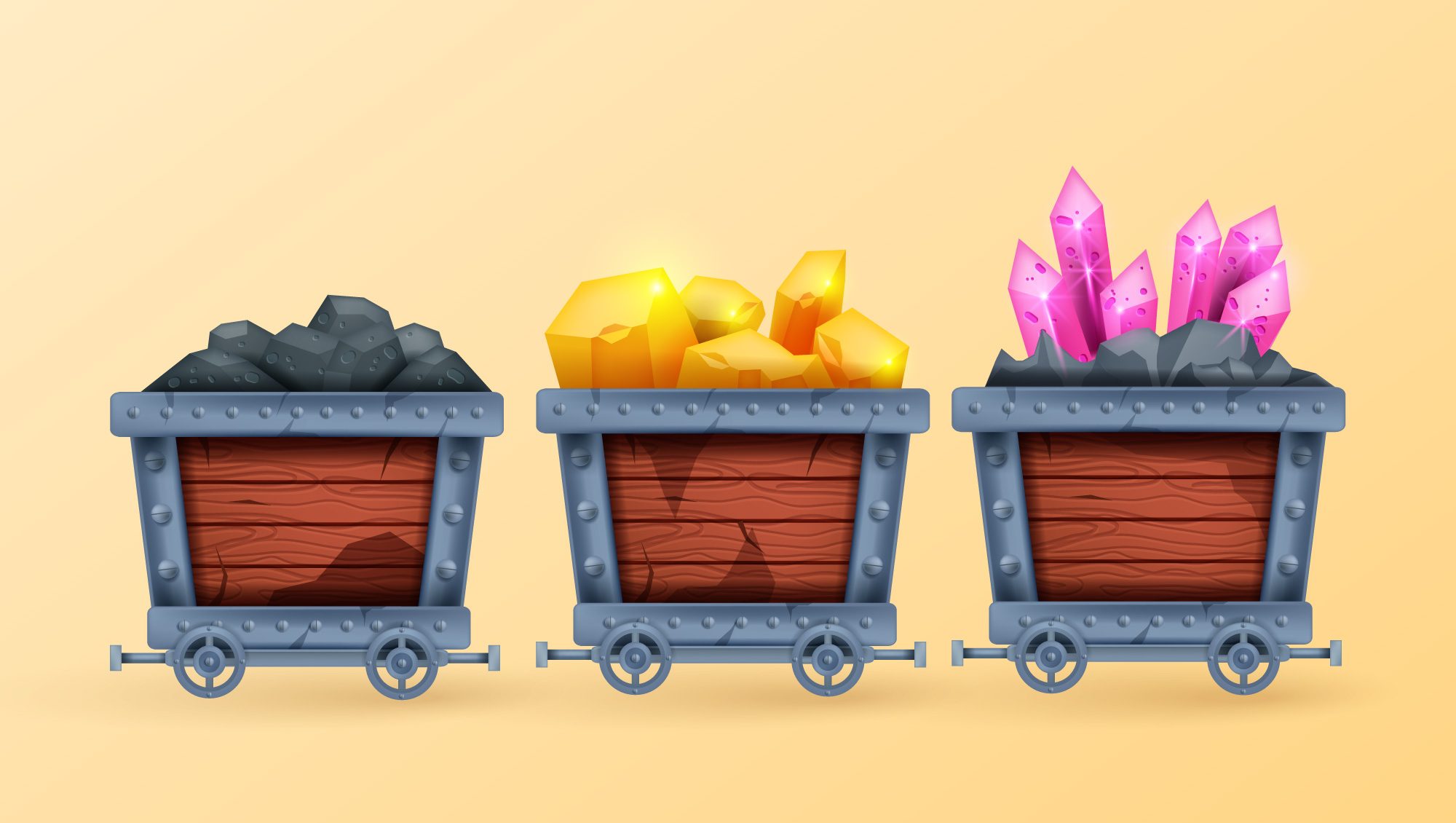What the commodity exchange do?

Commodity exchange is a market where a large number of suppliers offer their goods and applicants buy the offered goods. In this market, the relevant goods are offered to buyers after expert reviews and pricing by commodity exchange experts. In this Commodity Exchange article, we will examine how to register in the Commodity Exchange and the documents required to receive the Commodity Exchange code, the categories of Commodity Exchange products, and finally the advantages and the Commodity Exchange website.
Definition of commodity exchange
Raw and unprocessed goods such as metals, petrochemical products, cement, agricultural products, etc. are usually traded in this market. Of course, cars have recently been added to the list of tradable goods in the commodity exchange. The biggest advantage of this market is the monitoring of supply and demand prices that all producers, consumers and commodity traders will enjoy the benefits of the laws and regulations governing the stock market with the presence of these institutions.
History of Iran Commodity Exchange
The first Iranian Commodity Exchange organization started working in September 2002 under the title of Metal Exchange, and a year later, the Agricultural Commodity Exchange was launched. The task of setting up the Iran Commodity Exchange Organization was entrusted to the Supreme Council of the Exchange, and this council started to set up the Iran Commodity Exchange in order to achieve the third and fourth goals of development.
Iran Commodity Exchange
According to the law of the Islamic Council which was approved on December 1, 2004, the two metal and agricultural commodity markets were merged with each other, and finally, after completing the necessary legal procedures and subscriptions, Tehran Commodity Exchange officially started its activity in September 2006. Therefore, this market is one of the subcategories of the stock exchange organization and its activities are reviewed by this organization.
Types of commodity exchanges
Commodity exchange company itself consists of different markets. For example, in one market we see transactions of metals, in one market we see transactions of Bahar Azadi full coin certificates. The chart below shows the commodity exchange and all commodity exchange markets.
1. The physical market of the commodity exchange
As the name of this market suggests, physical products that are offered by the commodity exchange are traded in it. In this market, important and various products such as petrochemical products, petroleum products, agricultural products, as well as industrial and mineral products are traded. This market is one of the largest markets of the commodity exchange, which has its own rules and is similar to the traditional market in terms of sending products. Of course, this transaction takes place under special conditions and has an auction mode.
Therefore, the seller announces a price for the supply of the product and the applicants, according to the volume and supply, offer him different prices that are equal to the seller’s balance or higher than the seller’s suggested price, and in the last stage, the product is sold at the highest suggested price. . Also, the products of this market can be traded in domestic and foreign target markets. In terms of types of contracts, in this market, 3 types of contracts are concluded with the names of cash, credit and advances, and we have explained each of these physical market contracts in the following.
2. Commodity Exchange sub-market
Products that need to be visited in person for various reasons, including quality verification by the applicant, or because their supply is not continuous or cannot be present in the physical market for any other reason, are traded in another market under the title of secondary market. The products of this market include petrochemical, agricultural, mineral, polymer and industrial products, etc., which can be sold in domestic and foreign transactions. Therefore, in this market, more suppliers can appear and sell their products.
3. The financial market of the commodity exchange
This market was established to attract more investors and make the commodity exchange more inclusive, and it includes 3 subcategories named commodity deposit certificate, commodity investment fund and standard parallel forward contract.
- Goods deposit certificate
In this type of financial market, some goods are deposited in the warehouse department and the warehouse keeper issues a bill for the goods, which is its support. Of course, this bill is issued if the warehouse official has confirmed the quality of the products. This bill is deposited in the exchange room through people applying to participate in the financial market of the commodity exchange, and through it people can receive a commodity deposit certificate and start trading their products.
In the case of a commodity deposit certificate, it is for buying and selling a product before its delivery, you can buy a coin certificate and sell it on the trading board before delivery.
Currently, peas, saffron, gold coins, cement, cumin and some metal products have a certificate of deposit.
- Commodity investment fund
In this type of financial market, additional costs related to storage and transportation are eliminated and investors can buy the fund instead of buying the product. In fact, the commodity investment fund has invested in a specific commodity that was intended to be formed, and other applicants can buy the fund’s units to invest in this commodity.
Currently, 2 types of commodity funds based on gold and saffron are active in the stock market.
- Standard Parallel Self Contract
In this type of contract, the supplier of the product can receive the amount of the product he has sold before its delivery. This contract is similar to the Salaf contract, which we will explain in the types of stock market contracts. Of course, in terms of having a secondary market, it is not similar to the predecessor contract and only its generalities are similar to this contract.
4. Commodity exchange derivative market
The purpose of establishing the derivatives market of Commodity Exchange Organization is to manage price risk and benefit from leverage, as well as guarantee transactions. The way this market works is that a specific asset is offered and contracts are set on it. A specific asset can also mean any product.
From food products such as saffron and pistachios to all kinds of petrochemical products and precious metals, they can be introduced as basic assets. Therefore, in this market, countless investors are present and even micro investors are also able to operate. Also, in this commodity exchange market, 2 contract models are concluded with the names of future contract and option contract, which we have explained below. Currently, pistachio, saffron, gold coins, silver, cumin and some metal products are in the derivative market of the exchange. Goods are present.
What commodities are traded in the commodity exchange?
As mentioned, the stock market includes a wide range of financial instruments and goods for buying and selling. From metals and basic commodities to certificates and commodity-based funds, petrochemical products, automobiles, cement, etc., are traded in Bor Sekala.
How to register in the commodity exchange
Before we know how to get the commodity exchange code, we must register in the Sejam system:
First step: Register in the Sejam system
Applicants must register in the Sejam system. The comprehensive customer information system, which is abbreviated as SJAM, was created by the Central Securities Depository and Funds Settlement Company to provide integrated and comprehensive services to capital market participants. Sejam is a system that was created to collect and consolidate the transaction records of shareholders, and shareholders can easily view their assets in this system and find out about the profits received.
See this article: How are the registration procedures in the Sejam system?
Second step: Registration in the brokerage
In the second step, the applicant must register in a commodity exchange brokerage. Registering in a brokerage makes it easier for a person to trade in the commodity exchange. As a result, after registering on the Sejam website, a person must register at the brokerage and then proceed to get an online code from the commodity exchange.


Leave a Reply